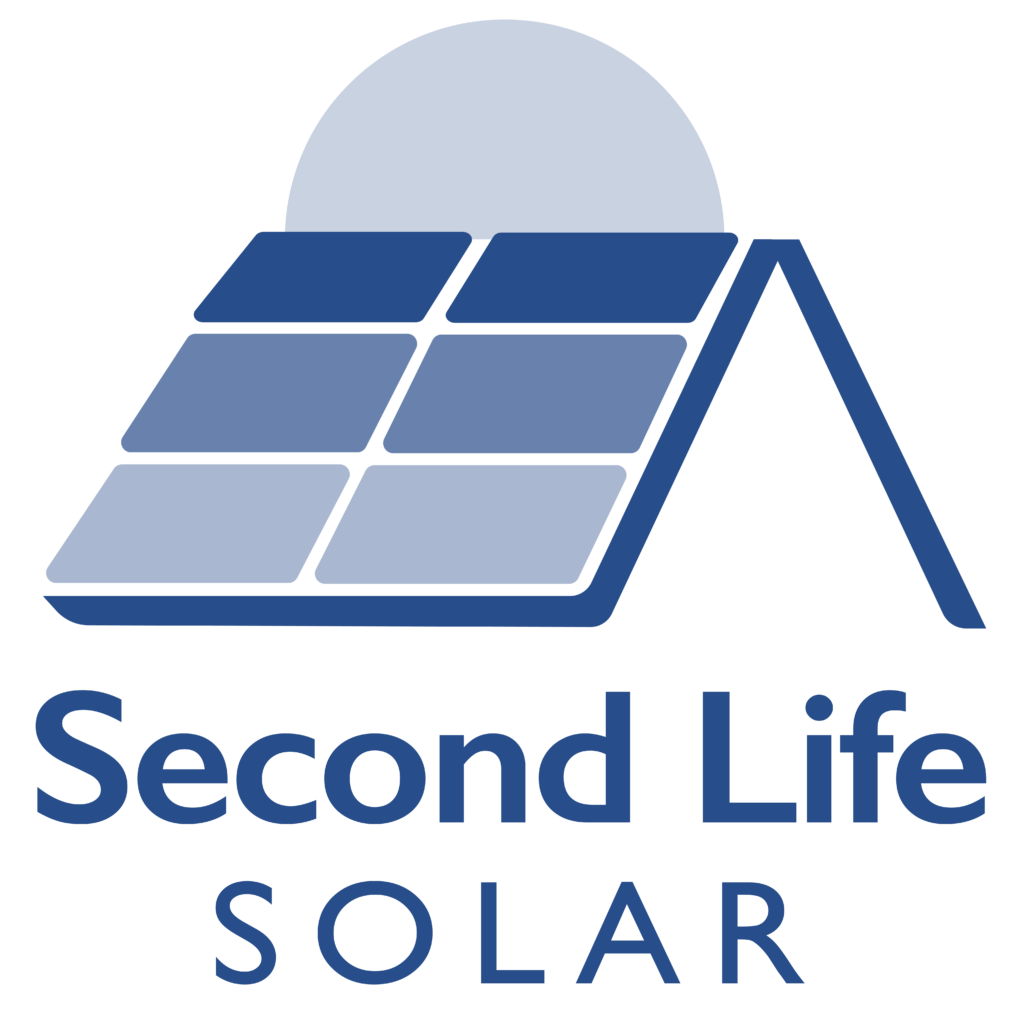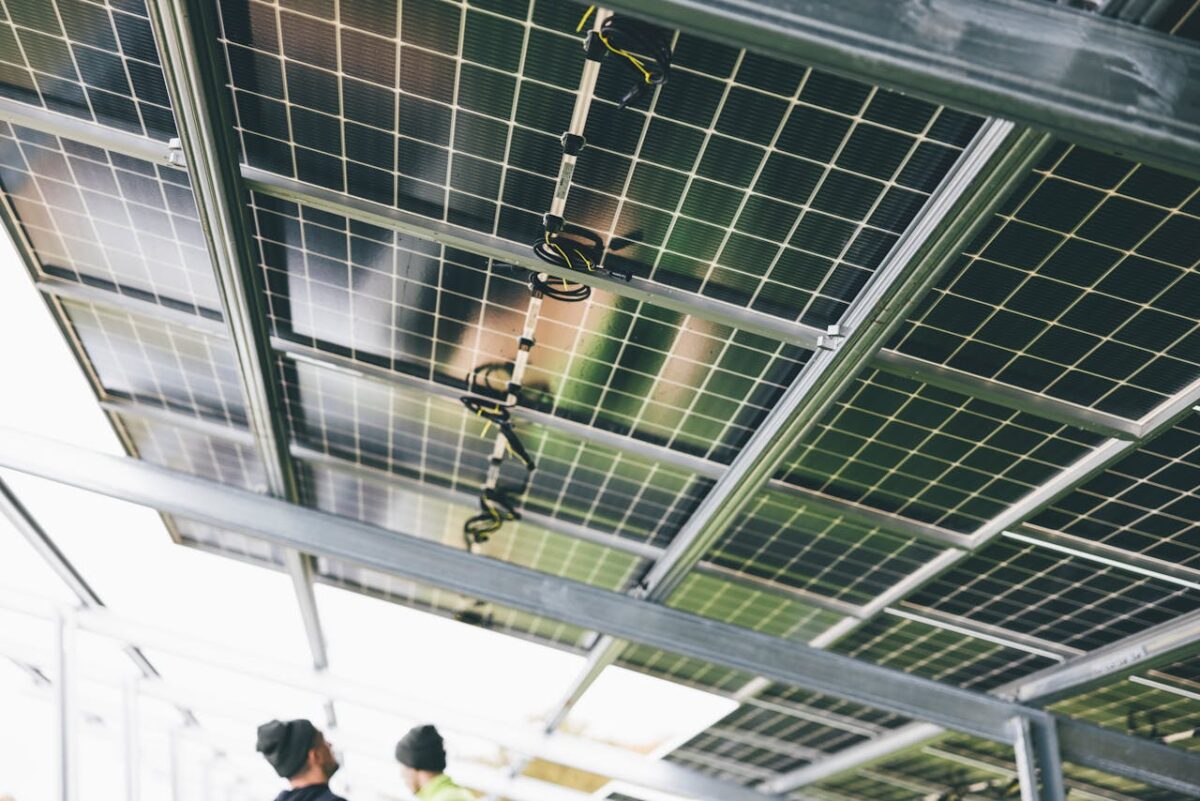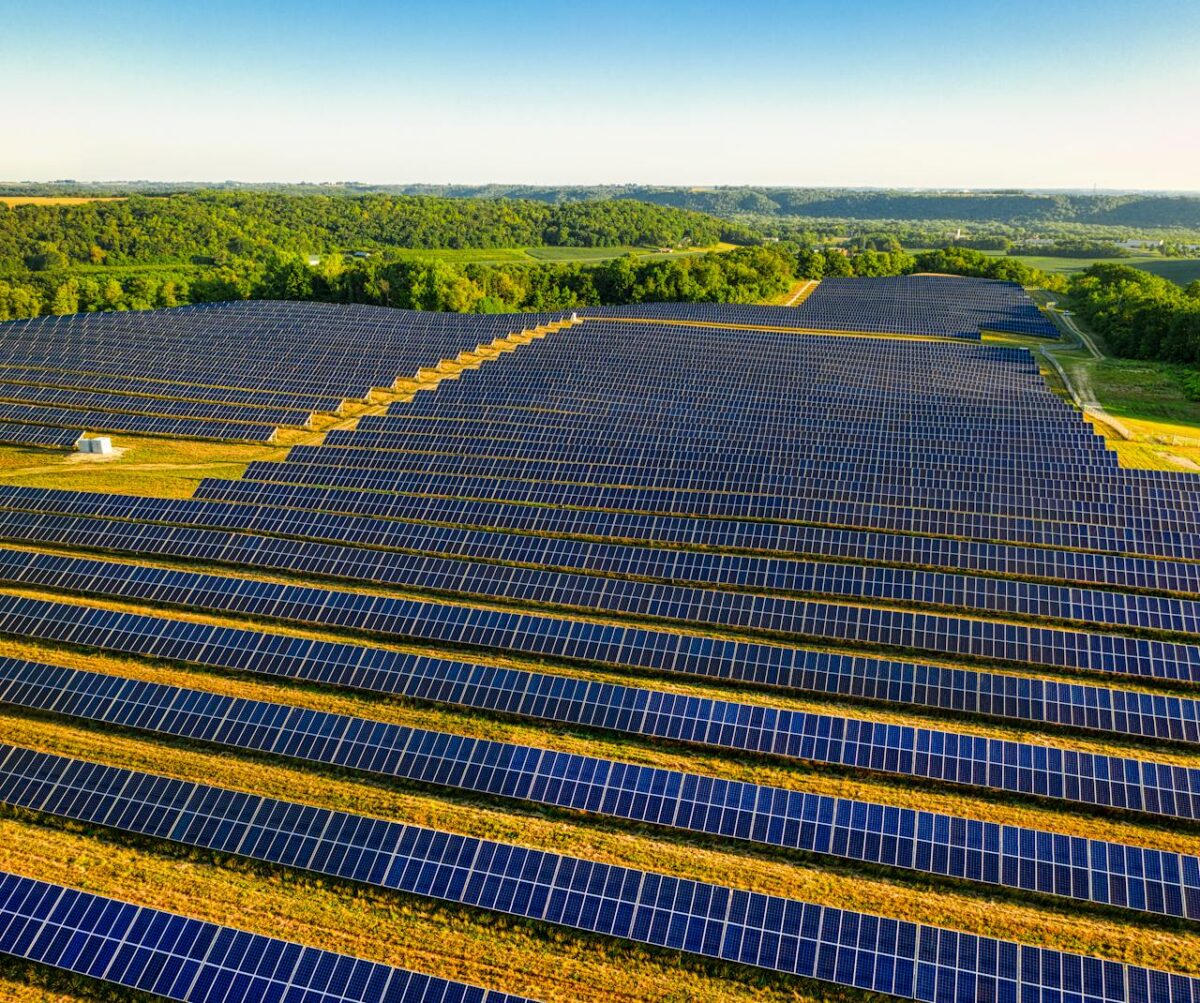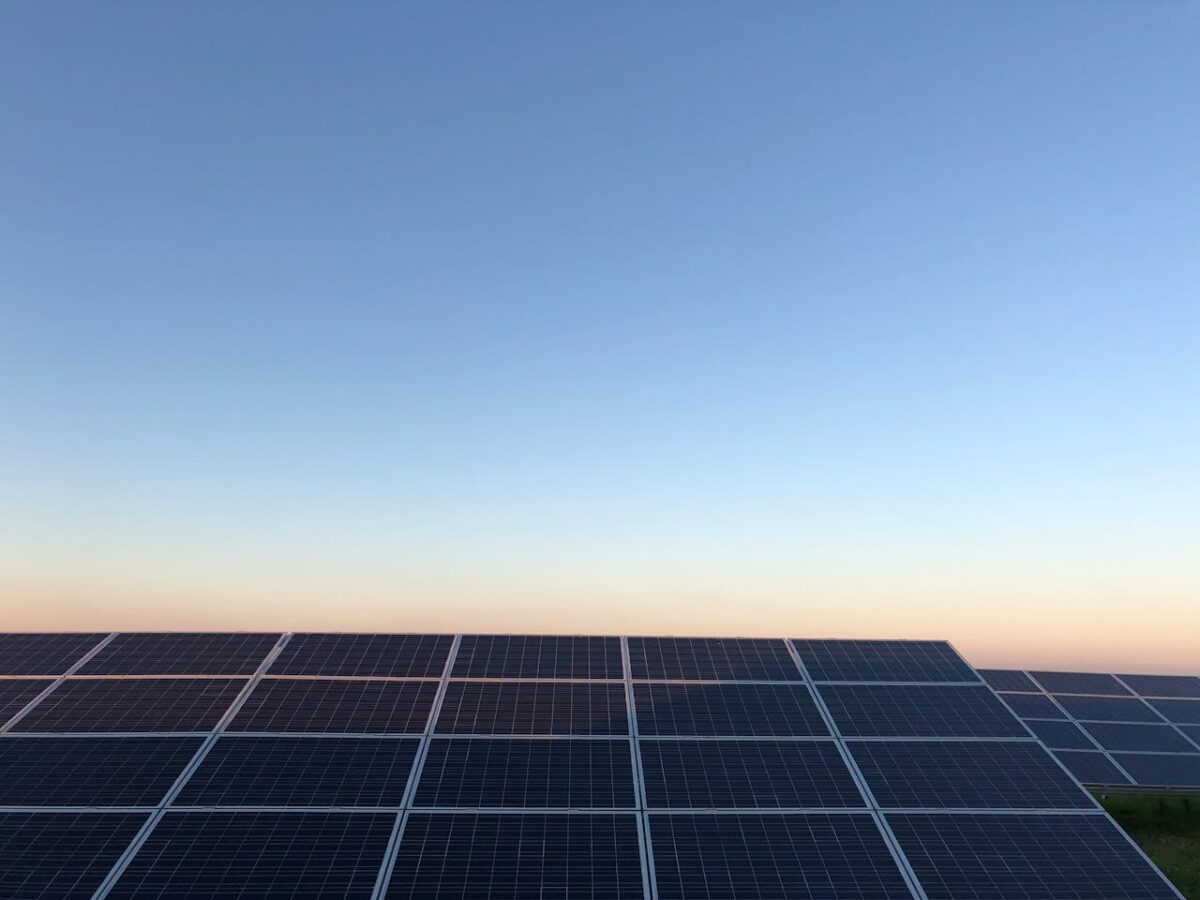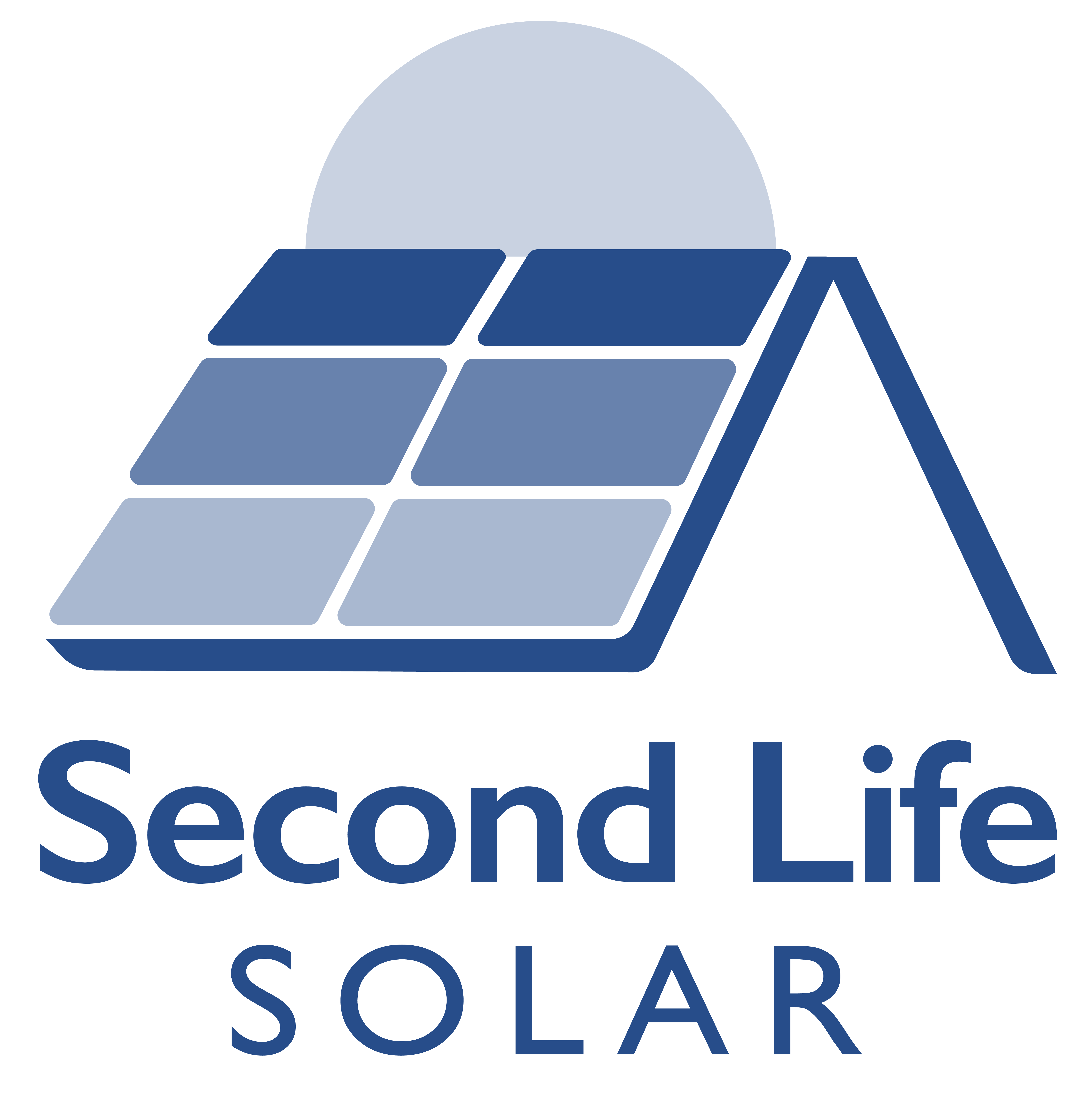What Are Solar Panels Made Of?
Kallipso Mais
on
January 23, 2025
Solar panels have revolutionised the way we harness renewable energy, offering a sustainable alternative to traditional fossil fuel power generation. But what exactly goes into creating the sleek panels that sit atop rooftops or form massive solar PV arrays?
Understanding the materials and components that make up solar panels provides insight into how they produce electricity and why they’ve become such a key player in the world of solar power.
The Core of Solar Panels: Photovoltaic Cells
At the heart of every solar panel are photovoltaic (PV) cells, which are responsible for converting sunlight into usable energy. These photovoltaic cells are made primarily of silicon, a highly abundant material that’s ideal for conducting electricity. There are two main types of silicon used in solar panel manufacturing:
- Crystalline Silicon: The most common material, this includes monocrystalline and polycrystalline solar cells. These are formed from thin wafers of silicon, known for their efficiency and durability.
- Amorphous Silicon: Found in some thin-film panels, this type of silicon is deposited as a thin layer onto a substrate. While less efficient than crystalline silicon, it’s lightweight and flexible, making it ideal for specialised applications.
The silicon is arranged to form semiconductors, which can absorb sunlight and convert it into an electric charge. This charge flows through the system, generating power.
Layers and Materials in a Solar Panel
A typical solar panel consists of multiple layers, each with a specific purpose:
- Solar PV Cells: The core components that generate energy.
- Glass Layer: A durable, transparent covering that protects the cells while allowing sunlight to pass through.
- Anti-Reflective Coating: The surface of each silicon solar cell is often coated with an anti-reflective layer to maximise light absorption. Without it, much of the sunlight would bounce off the panel rather than being captured.
- Encapsulation Layers: These layers seal the cells and protect them from moisture, dust, and physical damage.
- Backing Sheet: This layer ensures safety by insulating the panel and protecting the electrical components on the back.
- Frame: Usually made of aluminum, the frame provides structural support and helps mount the panel securely.
Key Components: From Junction Boxes to Electric Flow
Beyond the layers of silicon and glass, solar panels also include crucial electrical components like the junction box. This is where the electrical wiring connects the panel to the rest of the solar system. The junction box ensures safe and efficient energy transfer while protecting against potential electrical issues.
When sunlight hits the panel at standard test conditions of 1000W/m² irradiance, 25°C cell temperature, and an air mass of 1.5G, the energy from the light excites the electrons in the PV cells. This excitation creates an electric flow, which is directed through the system to produce usable electricity.
Why Silicon Is the Star of Solar Panel Manufacturing
Silicon is the most commonly used material in solar panel manufacturing, and for good reason. Its properties as a semiconductor make it ideal for capturing sunlight and converting it into electricity. Additionally, silicon is highly abundant, making it a cost-effective and sustainable choice.
However, the industry is continuously innovating. Alternatives like amorphous silicon and advanced thin-film technologies are being explored to improve efficiency and reduce production costs.
The Role of Coatings and Enhancements
The performance of a solar panel relies heavily on its ability to absorb sunlight rather than reflecting it away. This is where the anti-reflective coating comes into play. By reducing the amount of light reflected off the panel’s surface, it ensures that more sunlight reaches the photovoltaic PV cells, increasing the panel’s overall efficiency.
Solar Panel Manufacturing: A Balance of Science and Sustainability
The process of solar panel manufacturing has evolved to focus not only on efficiency but also on environmental responsibility. From sourcing materials to reducing waste during production, manufacturers aim to align with the principles of renewable energy.
For example, the use of recycled materials in panel production is becoming more common, helping to reduce the environmental footprint of solar energy systems.
The Future of Solar Panel Materials
As technology advances, so does the potential for new materials in solar panels. Researchers are exploring ways to improve the performance of photovoltaic cells, such as using perovskite layers to boost efficiency or developing ultra-thin films for lighter, more flexible panels.
A System Built to Last
Solar panels are designed for longevity, with many systems lasting 25 to 30 years or more. This durability is due in part to the high-quality materials used in their construction. The combination of crystalline silicon, durable glass, and protective layers ensures that solar panels can produce reliable energy for decades.
Whether you’re powering a small home or a large-scale solar array, the materials and components of a solar panel are crucial to its performance. From the solar cells that drive energy conversion to the sturdy frames that hold them in place, every element plays a role in delivering clean, sustainable power.
Understanding what solar panels are made of helps to highlight the incredible innovation behind solar power. It’s a technology built on the principles of sustainability, using materials that are abundant, durable, and effective.
If you’re considering solar for your home or business, remember that it’s not just about the electricity it generates—it’s about the long-term benefits for the environment and your energy bills.
At Second Life Solar, we’re proud to offer a range of refurbished panels made from the same high-quality materials you’d find in brand-new systems. By choosing second-hand panels, you’re helping to reduce waste while reaping the benefits of affordable solar energy.
Switch to solar today and harness the incredible power of the sun!
